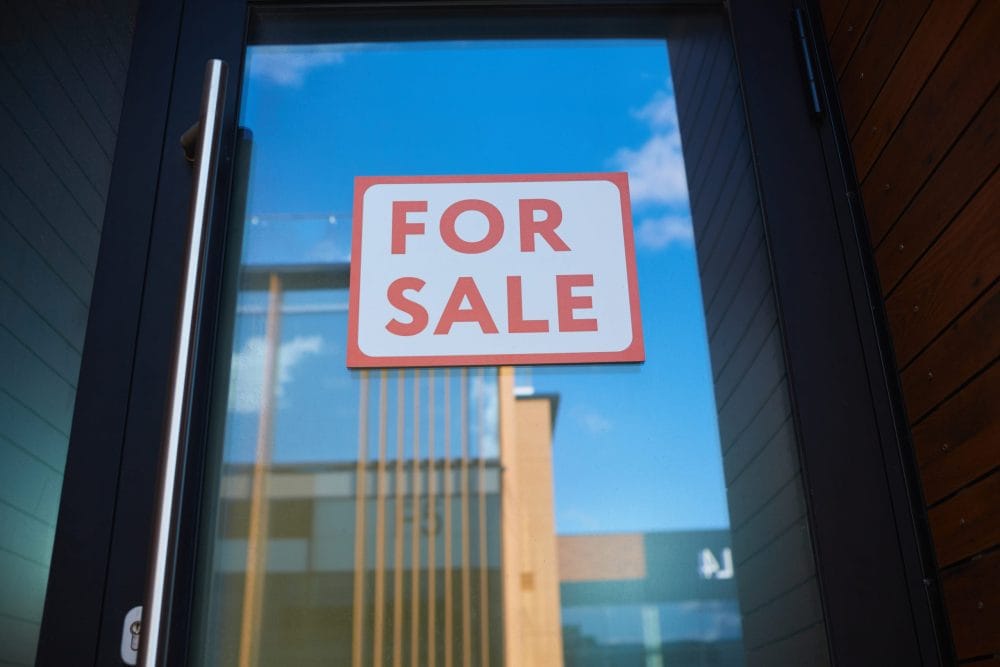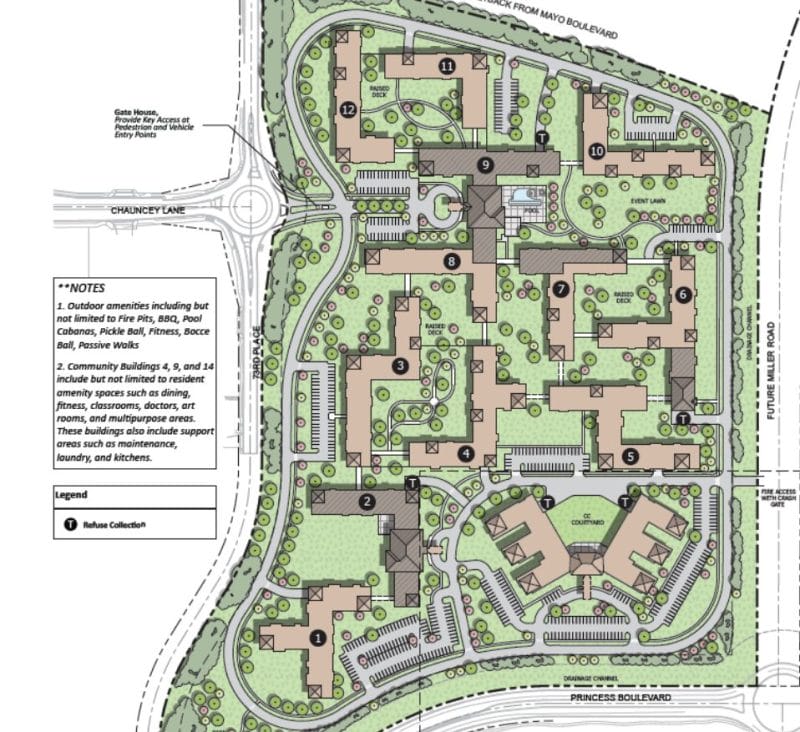By Carol Ryan | Wall Street Journal
If offices are in such hot water, where are all the forced sellers?Office-building owners have been under pressure since the Covid-19 pandemic hollowed out their buildings in early 2020. According to data from real-estate consulting firm Colliers,, the U.S. vacancy rate has risen from 11% in late 2019 to 17% today, higher than at any point in the 2008 global financial crisis.
But forced sales are still surprisingly rare. In 2023, only 3.5% of all office deals in the U.S. involved a distressed seller, based on analysis by MSCI Real Assets. The most recent numbers available show the share slipping to 2.7% in January. Distressed sales ramped up much faster in the GFC.
A strong economy is helping to delay the day of reckoning, as most tenants are still paying the rent. Pressure is building slowly as leases expire: Many companies are reducing their space by 30% to 40% when their contracts end.
Lenders are also eager to kick the can down the road. They don’t want to force borrowers to sell buildings into a weak commercial real-estate market, which would lead to punishing losses.








